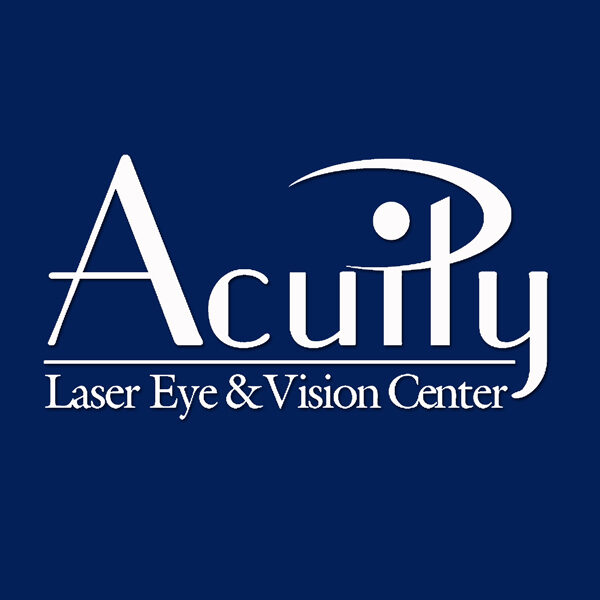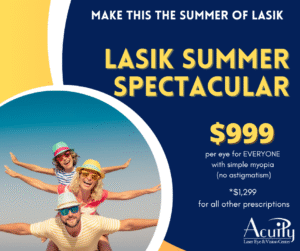Ultimately, deciding between a Full Distance correction and a Monovision correction after laser vision correction is an individualized choice that is based on multiple factors. There is not one ‘right’ answer or ‘one size fits all’ solution. After getting to know your goals and lifestyle, Dr. Vale can help guide you to the most appropriate procedure for your specific needs.
The customary goal of laser vision correction is usually stated as, to reduce or eliminate the need for glasses and contacts. If you are over 40, you may wonder, What about reading glasses and near vision problems that occur with age? For patients over age 40, Monovision
may be a great choice. It can help the majority of patients achieve good distance and near vision without glasses. Keep reading if you are trying to figure out if Monovision may be right for you.
First, a brief tutorial may be helpful. Presbyopia is the normal age related change in vision in which the natural lens of the eye loses the ability to accommodate or focus at near. Presbyopia causes a gradual worsening of near vision in most individuals in their forties. Whether or not you have laser vision correction, you can expect to eventually become presbyopic during those years. That is why people begin wearing bifocals, reading glasses, or taking off their distance glasses (if they are nearsighted) to read small print. Yes, even after laser vision correction, if you are corrected for perfect distance vision (Full Distance) in both eyes, you will eventually need reading glasses for near work. Many patients are not opposed to using over-the-counter reading glasses for near work after surgery. Other patients truly want to be glasses-free, and the mere thought of needing reading glasses would defeat the point of having laser vision correction in the first place.
 With Monovision, one eye is set for distance focus, and the other eye is set for better near focus. Having mild nearsightedness in one eye can help negate the effects of presbyopia and both restore and preserve near reading ability. Monovision allows a patient to see both distance and near images without glasses by having blended visual focal points. The goal of Monovision is to be independent of glasses for most day-to-day activities. After Monovision it is realistic to be able to read a menu, do computer work, watch TV, and still drive a car legally without glasses.
With Monovision, one eye is set for distance focus, and the other eye is set for better near focus. Having mild nearsightedness in one eye can help negate the effects of presbyopia and both restore and preserve near reading ability. Monovision allows a patient to see both distance and near images without glasses by having blended visual focal points. The goal of Monovision is to be independent of glasses for most day-to-day activities. After Monovision it is realistic to be able to read a menu, do computer work, watch TV, and still drive a car legally without glasses.
While Monovision is not a perfect solution to presbyopia, for carefully selected patients, it is well tolerated and very satisfactory over 85% of the time. Most patients who choose Monovision are satisfied with both near and far vision without glasses. Alternatively, about 15% of Monovision patients notice certain tradeoffs, including difficulty with high performance sports or night driving, or with intricate close work. Monovision may be appropriate for a 50 year-old accountant, but not appropriate for a 50 year-old motorcycle police officer. Our goal at Acuity is to help our patients be satisfied with their vision, for their specific lifestyle and activities, regardless of their age. Ultimately, deciding between a Full Distance correction and a Monovision correction is an individualized choice that is based on many factors. Accordingly, there is not one right answer. After getting to know your goals and lifestyle, Dr. Vale and his staff can help guide you to the most appropriate procedure for your specific needs.
Reasons for considering Monovision Laser Vision Correction:
- Age 40 or older seeking the convenience of glasses-free lifestyle.
- Opposed to needing reading glasses for near work.
- Not active in high performance sports (i.e. tennis, motorcycle riding.)
- Tried Monovision with contact lenses and liked it.
- Being ‘okay’ at the possibility of using distance glasses to fine-tune distance vision for sports or night driving (so both eyes see 20/20).
- Understanding that LASIK re-treatment can un-do Monovision at a later date, if desired.
Reasons for considering Full Distance/not Monovision:

- Age 40 or younger (eventually will use readers in mid-forties.)
- Over age 40, but seeking the most perfect distance vision possible for sports or night driving
- Being okay with needing over-the-counter reading glasses for close work (usually after age 43)
- Tried Monovision with contact lens trial, but did not like it
- Difficulty adapting to changes to vision (new bifocals, new glasses prescription) or just feeling that Monovision will not work for you
- Having a very large amount of Farsightedness
- Having a weak/lazy eye (amblyopia)
Real Case Scenarios and Teaching Points:
To help you decide if Monovision may be right for you, read these real patient situations to help clarify certain issues that may still be confusing. See if you identify with any of these situations listed below:
Case 1: Should a 30 year-old computer programmer consider Monovision?
Case 2: Can Monovision be fine-tuned, if distance vision is not good enough?
Case 3: Doc, just make me 20/20, I can deal with readers
Case 4: I want better distance vision, but don’t want to lose my near vision
Case 5: I want better near vision, but don’t want to ruin my distance vision
Case 6: A change of heart!
Case 7: Some expectations just can’t be realistically fulfilled.
Case 8: Still on the fence? What is Mini-Monovision?
Case #1:
Mary S. is a 30 yr old woman with mild nearsightedness, who works for a high-tech company as a software programmer.
Goal: She does not want to need any glasses after LASIK.
Recommendation: Full distance correction. Because of her young age, she should have no problem with her near vision after LASIK. I explained to her about the eventual age related presbyopic changes that will be expected about age 43. She will eventually need reading glasses, or I could do a LASIK enhancement to adjust for Monovision at that time, if she desires.
Take home point: Age is THE key factor. Until the early 40’s, near vision should be very good after laser vision correction.
 Case #2:
Case #2:
Jose H. is a 56 year-old attorney with moderate nearsightedness and mild astigmatism. He currently uses progressive bifocals. He spends most of his workday on a computer or doing deskwork. He does drive at night a few times a week, if he works late. He also plays recreational tennis during the day about twice per month and skis a few times per year.
Goal: He wants to be glasses free, as much as possible.
Recommendation: Monovision. After trying a simulation of Monovision with trial lenses, he was pleasantly surprised with the clarity of his distance and near vision and elected to have Monovision LASIK. Since Jose spends a large percentage of his time doing near work, and a small percentage doing distance tasks, Monovision seemed appropriate. We told Jose that there is a possibility that he may want to wear glasses (glove compartment glasses) to fine-tune distance vision at night, which he rarely does. Also, since he usually wears sunglasses when he skis and plays tennis, he could opt for a pair of prescription sunglasses (with the distance prescription placed in the near eye and no correction in the distance eye) for optimal distance vision during sports.
Take home point: With Monovision, distance vision can be fine-tuned with glasses, if desired, for optimal distance vision. Whether or not you choose Monovision, you WILL be able to feel safe driving after LASIK. Likewise, if distance with Monovision is not quite to your satisfaction, you could elect to have a LASIK retreatment to un-do Monovision, and then use reading glasses.
Case #3:
Seymour R. is a 44 year-old contractor with farsightedness and astigmatism. He only rarely does any deskwork, but he wants to be able to comfortably see his dashboard instruments and GPS navigation system in his car.
Goal: To have great distance vision and be able to read his dashboard and GPS navigation without glasses.
Recommendation: Full distance correction. Seymour initially told me that he wanted to be glasses-free. Since his job requires him to do a lot of driving, we explained the potential problems with Monovision. After learning about Monovision, he thought that it sounded weird and that he didn’t think that he would get used to it. Because Seymour is only 44 years old (barely presbyopic), we explained that he should still have fairly good near vision with a full distance correction, but would eventually need readers for near work. After demonstrating Monovision and Full distance options with a loose lens trial simulation in our office, he was most satisfied with a full distance correction, and able to read his dashboard gauges.
Take home point: During the early stages of presbyopia, near vision may still be adequate for many near tasks. A full distance LASIK correction will improve distance vision, and a patient will gradually notice a need for reading glasses with age. For patients over 40 who are not opposed to reading glasses, a full distance correction is tough to beat.
Case 4:
Sandy K. is a 53-year-old nurse with mild nearsightedness. She only occasionally wears her distance glasses for driving at night and watching movies. She has excellent near vision without glasses. She normally does not even wear glasses when she is at work or home.
Goal: She wants to improve her distance vision for driving, but she does not want to close her near vision.
Recommendation: Monovision (LASIK in just one eye). We recommended that Sandy do LASIK in only her dominant right eye. This will improve her uncorrected distance vision for driving, and will preserve her near vision that is important for her job. Though Sandy has never had any difficulty with near work, it was important to inform her that if she did LASIK in both eyes for distance, her near vision would not be as good after surgery.
Take home point: For a patient with mild nearsightedness, We may suggest doing LASIK in only one eye. LASIK could be performed on the other eye in the future, if desired. After assessing the patient’s lifestyle and goals, it is best to do the least amount of surgery to fix the problem.
Case #5:
Lyndall S. is a 46 year-old women who always had great distance vision without glasses, but now requires reading glasses for close vision. She is tired of having to put glasses on & off throughout the day. She wants to be able to see her cell phone, price tags in a store, a menu and putting on makeup. She also wants to be able to watch TV and feel safe driving. After a contact lens trial in her non-dominant left eye, Lyndall was reassured that her distance vision would still be good enough after having Monovision LASIK to improve near vision.
Goal: Ease and convenience of being independent of reading glasses. Recommendation: Monovision (LASIK in her non-dominant eye)
Take home point: For people with naturally good distance vision, Monovision LASIK can improve near vision. Often only one eye needs to be treated.
Case #6:
Nancy S. is a 55 year-old paralegal with moderate nearsightedness and mild astigmatism. She doesn’t play sports but she does a fair amount of driving at night. As a paralegal, most of her job entails near/computer work. She was primarily interested in good near vision, but was slightly skeptical if she would tolerate Monovision. Because she was on the fence, we suggested a Monovision trial with contact lenses. With the Monovision contact lenses, she said that her near vision was good, but distance was still a little blurry with night driving. Weighing all the pros and cons, Nancy felt comfortable with the tradeoffs and benefits of Monovision.
Goal: Good distance and near vision, preferably without glasses.
Recommendation: Monovision LASIK. Since Nancy liked her Monovision trial, she elected to have Monovision with LASIK.
Update: Nancy initially liked Monovision with contact lenses and with LASIK, but 4 years later, she decided she would prefer full distance instead because she was working less often. She requested an enhancement in her near eye (to be set for distance). She decided that she would be happier with optimal distance vision, and wouldn’t mind needing readers. When Nancy needs changed, our recommendations change.
Take home point: Our goal is to help our patients be satisfied with their vision, for their specific lifestyle and activities, regardless of their age (even as time passes). A retreatment can be performed to adjust vision, if necessary to accomplish a patient’s goal.
Case #7:
Will M. is a 72 year-old retired banker. He has mild farsightedness and advanced presbyopia. He has moderate signs of cataract formation.
Goal: Glasses free, if possible.
Recommendation: Refractive Lens Exchange (RLE) Due to Will’s age and cataracts, the RLE option can treat the cataract and the farsightedness at the same time. Currently, Multifocal and accommodative lens implant technology can also improve near vision.
Take home point: Laser Vision Correction is not the best choice for everybody.
Case #8:
Cliff is a 47 year-old business owner who is very active in sports and fitness. He would like to have awesome near vision, but is worried about the potential tradeoffs of Monovision. He is not completely opposed to reading glasses, but it would be nice to be able to check emails on his blackberry without glasses.
Goal: Cliff’s primary goal is to have good distance vision for sports. His secondary goal is to have decent near vision.
Recommendation: Mini Monovision.
Take home point: Mini-Monovision is a hybrid between full distance and Typical Monovision. For some patients, we may leave one eye very slightly nearsighted (i.e. -0.75 D) to get some of the benefits from Monovision, but with less of the possible tradeoffs. Laser Vision Correction is not one size fits all.


